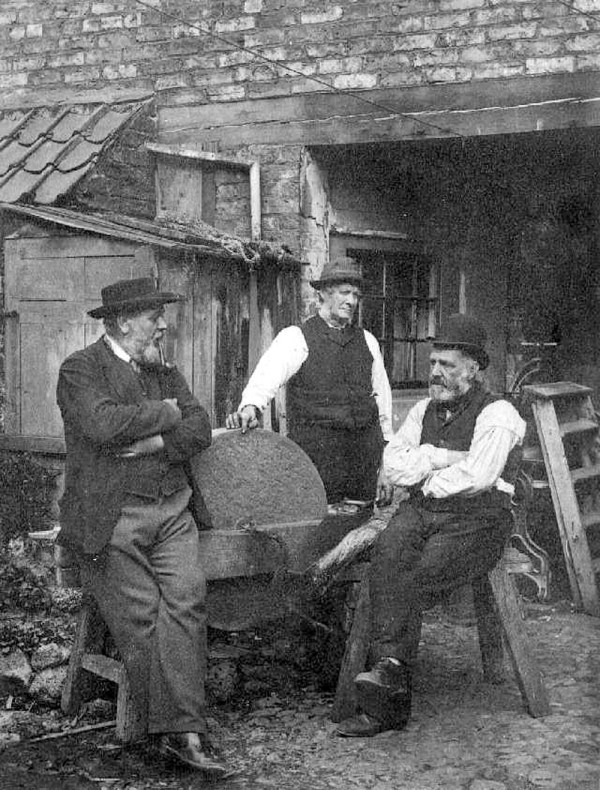8. Peter Ross, the blacksmith wunderkind of Colonial Williamsburg, will be speaking at WIA. Peter makes some of the finest historic tools, and locks and hinges and hardware I’ve ever seen. He’s going to be talking at WIA on lots of subjects where the blacksmith’s art crosses paths with that of the woodworker – including fixing tools that have been overheated and some of his insights into historic tools.
Peter should know. He was one of the few craftsmen at Williamsburg to inspect and record all of the contents of the Benjamin Seaton tool chest during its U.S. tour. His work and drawings are in the newly revised “The Tool Chest of Benjamin Seaton” book. It is a must-have for history and tool nerds. (Nerd alert: I’m going to ask Peter to sign mine.)
Prying Peter out of his shop in North Carolina is a major coup for WIA. Don’t miss this.
Continued tomorrow.
Sign up for Woodworking in America, Oct. 18-20. Monkeys will not fly out of your bum.
— Christopher Schwarz





